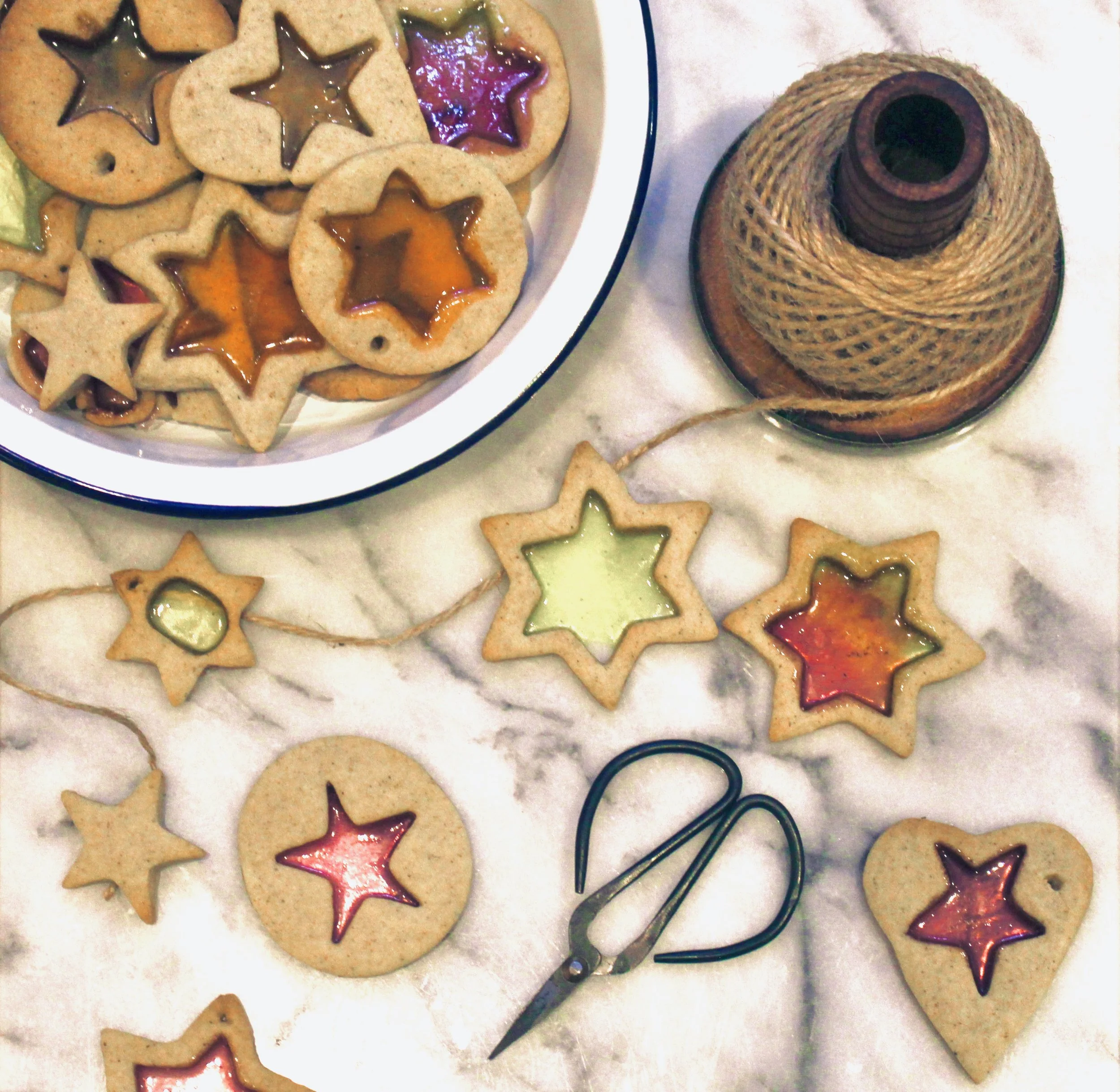How to... reverse your advent calendar
Advent calendars are big business these days. Kirstie Beaven remembers some advent traditions and suggests a new one.
Advent calendars in the 80s and 90s were pretty quiet affairs. Bought in Woolworths, there was nothing behind those little numbered doors but the joy of a poorly-drawn reindeer. We used to guess what was behind each window - because it was cosily predictable: sleigh, holly, star, angel (though we were flummoxed by a M&S one which, in a distinctly non-festive turn, had an awful lot of pigs in it). Some happy years, we had a candle which we carefully burnt a small portion of, day by day (I know it sounds as though we lived with Bob Cratchit, but I assure you this was in fact the 1990s and not 1890s). Imagine the unbelieving look on our faces when we first saw one with chocolate in it.
But that’s small fry now compared to what you can get in an advent calendar - whether it’s a wooden fill-your-own job or a fully-stocked Lego City number. I’ve no idea what my 8 year-old-self would make of the idea of the beauty advent calendar, though my current self is fully here for the gin version. There’s even a Tiffany’s diamond calendar (I’m not kidding about this.).
As Christmas’s conspicuous consumption radiates further and further out from 25th December, back into Black Friday and right out in to the January sales, it’s easy to forget that Christmas is about giving, as much as it’s about receiving – peace and goodwill to all. Many winter festivals have some element of gift-giving, shared feasting or giving to charity, and the idea of sharing what you have with those who may not be so fortunate in the depths of winter predates the rise of the Christian church in Europe. In any case, I’m not a fan of the chocolate-before-breakfast tantrum for a whole month, so I’m always on the look out for other advent traditions.
This year we’re planning to do a reverse advent calendar – where we give something each day. I’m hoping this will remind us how lucky we are to have safety, shelter, warmth and more than enough to eat, plus the privilege of presents. Getting children involved in acts of gratitude and sharing has positive impacts on mental health, and on their view of their community and their place in it.
Here are four ways to twist up your advent. And if you’re not a massive Scrooge like me, you can of course still have the chocolate too.
Fill a box for a food bank
In the UK food poverty spikes over holiday periods, and our local food bank has even made a countdown calendar with the items they are particularly in need of marked on each day. Get a reasonably- sized box – you could decorate it if you like for the festive feels – and each day either find the item in your cupboards, or take a trip out to the local shop to find it. Doing this every day rather than simply doing a big shop and dropping it off gives children a chance to feel involved in the choices, and for them to spend a bit of time each day thinking of others. Check with your local food bank what they might need, and you could also add some more festive extras alongside the essentials.
Acts of Kindness Jar
Write out 24 slips of paper with acts of kindness, and take one each morning to be acted upon during the day. This one can work just as well for building a bit of sibling love throughout the month too. Fill two jars with nice things they can do for each other.
Here are a few ideas to get you started - but they can be as simple or complicated as you like depending on the age of your child. How about: reading a story together, making a favourite sandwich, tidying up without being asked, choosing an outgrown book to give to a younger friend, helping a friend in the playground, using a kind voice, helping with homework, letting the other choose a favourite game to play together, drawing a picture of someone you love and giving or sending it to them, telling someone something you really like about them, listening to how your sibling’s day was, writing a thank you note for someone, telling someone you love them.
Toy Box
We have toys and books that have brought us a lot of joy but are no longer flavour of the month. If that’s the case for you too, you could try the Toy Box challenge. Every day, your children choose one good condition toy or book that they no longer love, and are happy to part with and pop it in the box. At the end of the month, you can find a local charity that will accept pre-loved toys and books. This could include local nurseries, shelters and refuges, or take it to your local charity shop. Always check with an organisation that they want what you have collected before you turn up with a large box to give them.
Paddington Calendar
If collecting a huge box of stuff isn’t for you, Unicef UK are doing Paddington Bear advent calendars. Instead of chocolate, each window hides pictures of real supplies that Unicef delivers to children around the world, such as warm blankets, school supplies and vaccines. Like millions of children and families all over the world, Paddington fled his home to build a new life and his little label “please Look After this Bear” and the kindness shown by those around him (and by Paddington himself) model tolerance and perseverance in the face of adversity.











Advent calendars are big business these days. Kirstie Beaven remembers some advent traditions and suggests a new one.